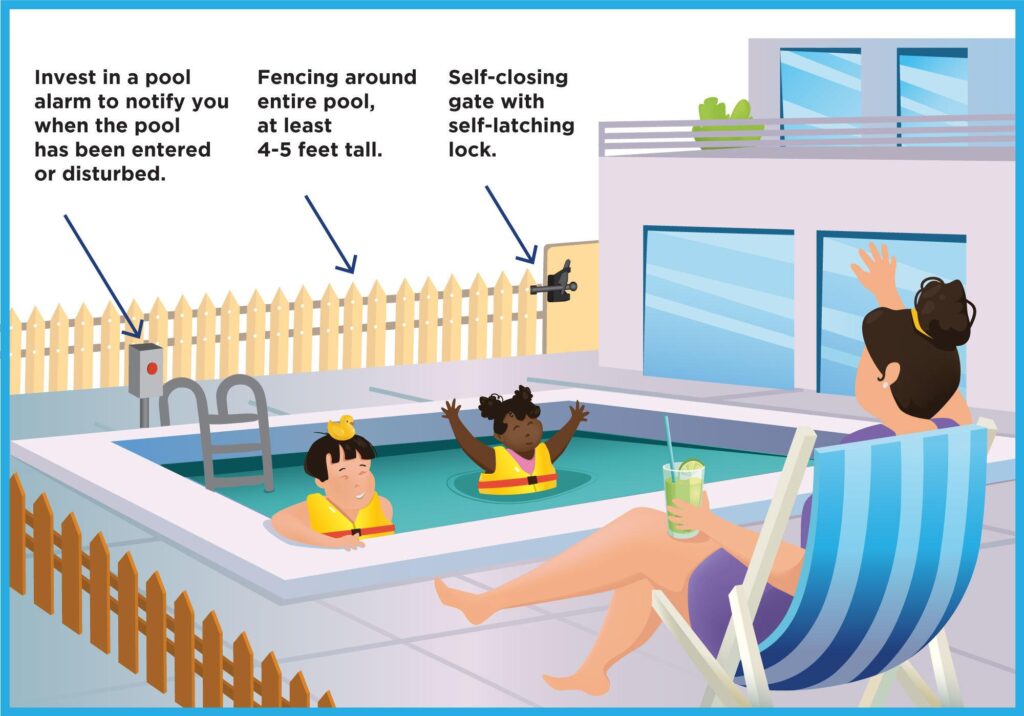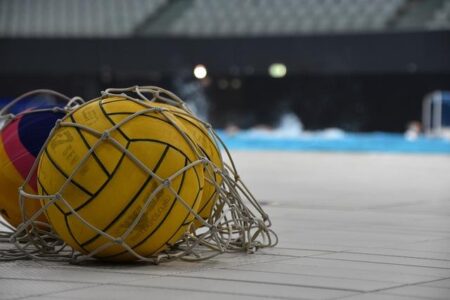Is your local swimming pool safe to dive into this season? A closer look at Oregon’s state inspection database reveals crucial insights into the cleanliness and maintenance of public pools across the region. As warm weather draws residents to aquatic facilities, questions about hygiene, safety standards, and regulatory compliance come to the forefront. This article delves into recent inspection records from the state, highlighting common issues found in Oregon’s public pools and what these findings mean for swimmers’ health and safety.
Local Swimming Pool Safety in Oregon Examined Through State Inspection Records
Oregon’s state inspection records reveal a varied landscape of compliance and safety adherence across local swimming pools. While many facilities meet the rigorous standards set forth by health authorities, a significant number of pools have been flagged for issues ranging from inadequate water treatment and filtration problems to insufficient safety signage and emergency preparedness. These findings raise important concerns for residents who rely on these communal spaces for recreation during the warmer months. Regular and thorough inspections are crucial to ensuring pools are not just clean, but safe environments free from hazards that might predispose swimmers to illness or injury.
Inspection data from the past year highlights key areas where most pools struggle:
- Water quality & chemical balance: Nearly 40% of pools required adjustments in chlorine or pH levels upon inspection.
- Safety equipment availability: Over 25% were cited for missing or non-functional life-saving equipment.
- Facility maintenance:** Cracked surfaces, slippery walkways, and broken pool ladders accounted for multiple violations.
| Issue | Percentage of Pools Cited | Recommended Action |
|---|---|---|
| Water Chemistry | 39% | Improve monitoring & daily testing |
| Safety Equipment | 27% | Replace faulty or missing items |
| Facility Repairs | 33% | Schedule timely maintenance |
Common Violations and Health Risks Identified in Recent Pool Inspections
Recent pool inspections across Oregon reveal a troubling pattern of safety lapses and health concerns. Among the most frequently cited issues are improperly maintained chlorination systems, leading to bacteria buildup; faulty drain covers posing entrapment hazards; and insufficient pool fencing that undermines child safety. Inspectors also noted inadequate water clarity and unregulated pH levels, both of which can cause skin irritation and increase the risk of waterborne illnesses. The persistence of these violations signals a pressing need for improved oversight and maintenance protocols to protect public health.
Health risks stemming from these violations range from minor irritations to serious infections. Swimmers are at increased risk of contracting recreational water illnesses (RWIs) such as cryptosporidiosis, giardiasis, and ear infections. Additionally, mechanical hazards like suction entrapment due to broken or missing drain covers have the potential to cause severe injuries. The table below highlights the most common violations and their associated health risks identified in the latest inspection cycle:
| Common Violation | Health Risk | Frequency (%) |
|---|---|---|
| Improper Chlorination | Bacterial Infections (RWIs) | 42% |
| Faulty Drain Covers | Drowning/Entrapment | 28% |
| Inadequate Pool Fencing | Child Safety Risks | 23% |
| Unregulated pH Levels | Skin & Eye Irritation | 35% |
| Poor Water Clarity | Visibility Hazards | 31% |
- Regular pool maintenance is paramount to limit health risks.
- Facility operators must adhere strictly to state safety codes.
- Swimmers should stay informed about inspection results in their community.
Expert Recommendations for Ensuring Safe and Clean Community Swimming Facilities
Maintaining hygienic and secure swimming facilities is essential for community health, experts stress. Regular water testing to monitor pH and chlorine levels prevents harmful bacteria outbreaks, while ensuring filtration systems are properly maintained guarantees water clarity and safety. Facility managers are also urged to conduct frequent inspections of physical infrastructure, including diving boards and pool decks, to minimize accident risks. Additionally, strict enforcement of public health codes and transparent reporting practices build public trust and encourage diligent compliance.
Key expert recommendations include:
- Implementing daily water quality checks and log maintenance
- Scheduling routine inspections of pool equipment and safety features
- Educating staff on emergency response and sanitation protocols
- Promoting community awareness programs on safe swimming behavior
- Utilizing transparent databases to publicly share inspection results
| Safety Measure | Frequency | Purpose |
|---|---|---|
| Water Testing | Daily | Prevent microbial contamination |
| Equipment Check | Weekly | Ensure functionality and safety |
| Facility Inspection | Monthly | Identify wear and hazards |
| Staff Training | Quarterly | Emergency preparedness |
Insights and Conclusions
As Oregon’s inspection database continues to offer transparent access to health and safety records, community members are better equipped to make informed decisions about their local swimming pools. While the data reveals a mix of compliance and violations, it underscores the importance of regular inspections and vigilant maintenance. Staying informed is key to ensuring that public pools remain safe and enjoyable spaces for everyone.





